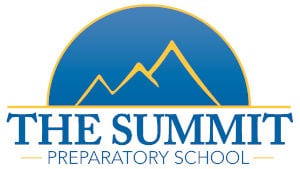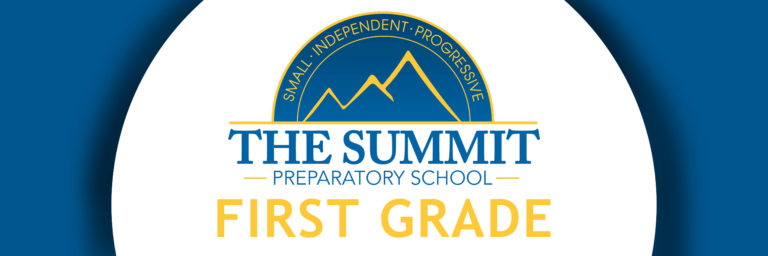This month in STEM we will be learning about the sun, moon and stars! Each week we will focus on a different aspect of our learning. We will complete puzzles, engage in coding with our Dash robots, create constellations, and use engineering inspiration to build objects in space.
We started our lesson today by watching SciShow Kids videos. These videos beautifully explain why the moon changes its appearance, unraveling the mysteries of the eight phases it goes through in a month. The engaging and age-appropriate content captivated your first grader’s imagination, making learning about science a delightful experience.
After absorbing the knowledge from the videos, it was time to foster a deeper understanding of the moon’s phases by completing a Moon Puzzle. Each student was given 4 of the eight phases to put together. They were very proud each time they succeeded!
Extend the learning by taking your child outside to observe the moon in the night sky. Ask them to identify the current phase based on what they’ve learned. This real-world connection will deepen their appreciation for the moon’s ever-changing appearance.
Happy exploring!
Mrs. Bryant


